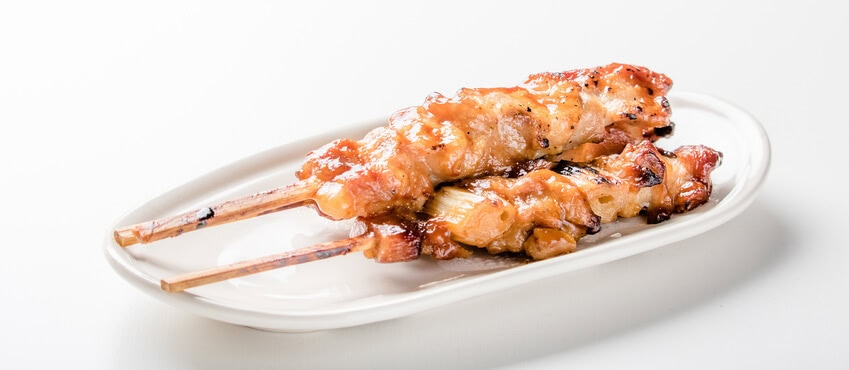
Bonjiri is a flavorful and juicy cut of chicken enjoyed in Japan, especially as yakitori. Known for its rich taste and unique texture, this bite-sized delicacy has a special charm that sets it apart from other chicken cuts. Whether you’re a fan of grilled skewers or simply curious about Japanese cuisine, there’s more to bonjiri than meets the eye. Read on to discover what makes it so irresistible!
What is Bonjiri?

Bonjiri (ぼんじり) is a popular type of yakitori (grilled chicken skewer) in Japan, made from the tail of the chicken. Known for its rich flavor, tender texture, and high-fat content, making it especially juicy and delicious when grilled over charcoal.
Since Bonjiri comes from the base of the tail, where the chicken’s tailbone connects to the body. It has a slightly crispy exterior when grilled while remaining succulent inside. Its high fat content also gives it a unique umami taste, making it a favorite among yakitori lovers.
Locals often season this with salt (shio) or yakitori sauce (tare) before grilling it. It pairs well with beer or sake and is found at izakayas (Japanese pubs) and yakitori specialty restaurants.
Bonjiri Name History
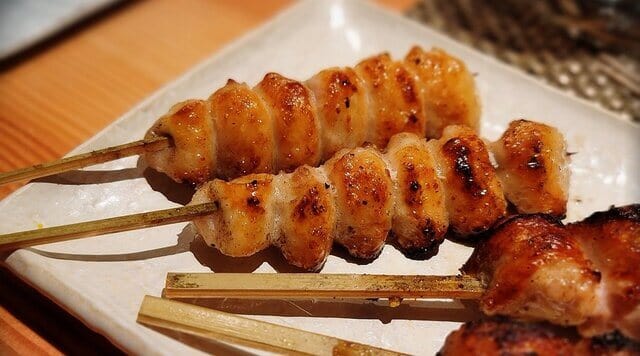
The name “Bonjiri” comes from the Hinamatsuri song and the word “bonbori” (lantern), as the chicken tail resembles a small lantern. The name combines “bon” (lantern) and “jiri” (buttocks).
In some regions, it is also called “tail,” “hana,” or “gonbo,” but these names are not widely used. The terminology can also vary based on the chicken’s sex—”bonjiri” refers to the tail of a male chicken, while for females, it is sometimes called “misaki.” Male bonjiri is firmer due to developed muscles, whereas female bonjiri is softer. Interestingly, the equivalent cut in beef is called “ichibo.”
Nutrional Information
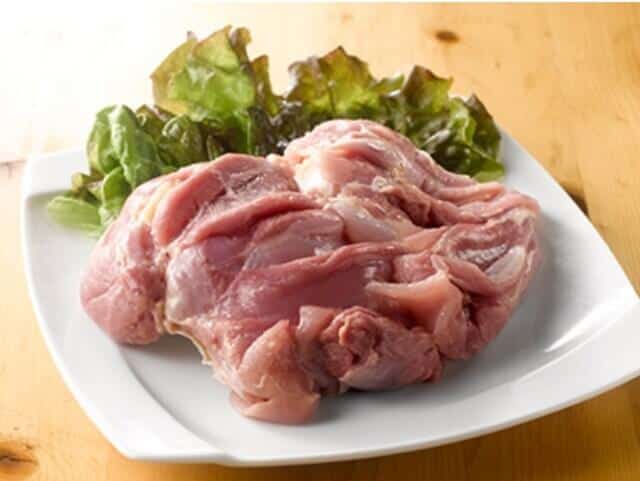
Chicken thigh meat, especially from Nagoya Cochin, is rich in fat and calories, earning it the nickname “otoro (fatty tuna) of chicken.” Per 100g, it contains 345kcal, 11.7g of protein, 33.1g of fat, and less than 0.1g of carbohydrates. While its high-fat content contributes to its juiciness and makes it filling. The excessive consumption can lead to fat accumulation, so moderation is advised.
FAQ
It is the triangular piece of meat located near the base of the chicken’s tail, around the tailbone. It’s a relatively rare cut known for its high fat content and juicy flavor.
It has a lump of fat known as the “oil gland” (aburatsubo). Removing this before cooking is key to enjoying its best flavor, as it helps prevent a distinct gamey odor.
Takeaway
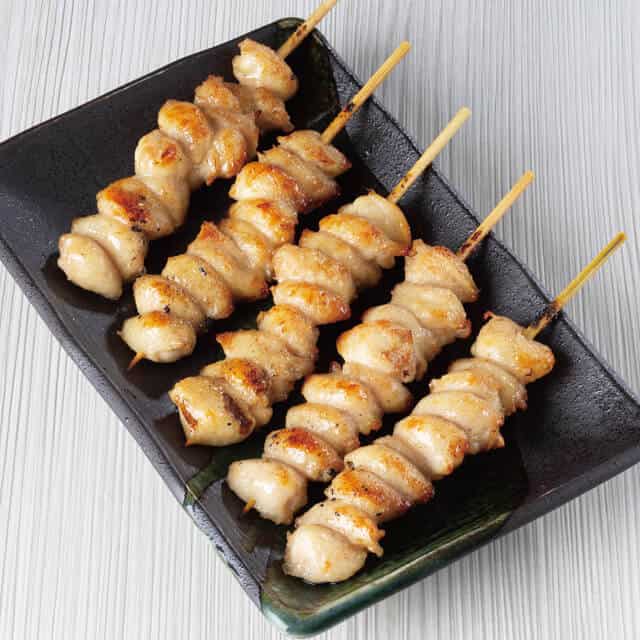
Bonjiri is a delicious and unique part of Japanese yakitori that offers a perfect balance of juiciness and rich flavor. Whether you’re visiting an izakaya or exploring a local yakitori stand, it’s definitely worth trying for an authentic taste of Japan. Be sure to order some bonjiri and savor its one-of-a-kind texture and taste—you might just discover a new favorite!
If you enjoyed learning about bonjiri, you might also want to try other flavorful yakitori cuts like tsukune (chicken meatballs), tebasaki (chicken wings), or rebā (chicken liver) for a full yakitori experience!
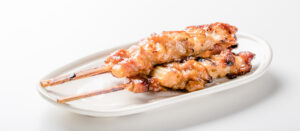
If you like this article, please
Like or Follow !

 1 month ago
29
1 month ago
29

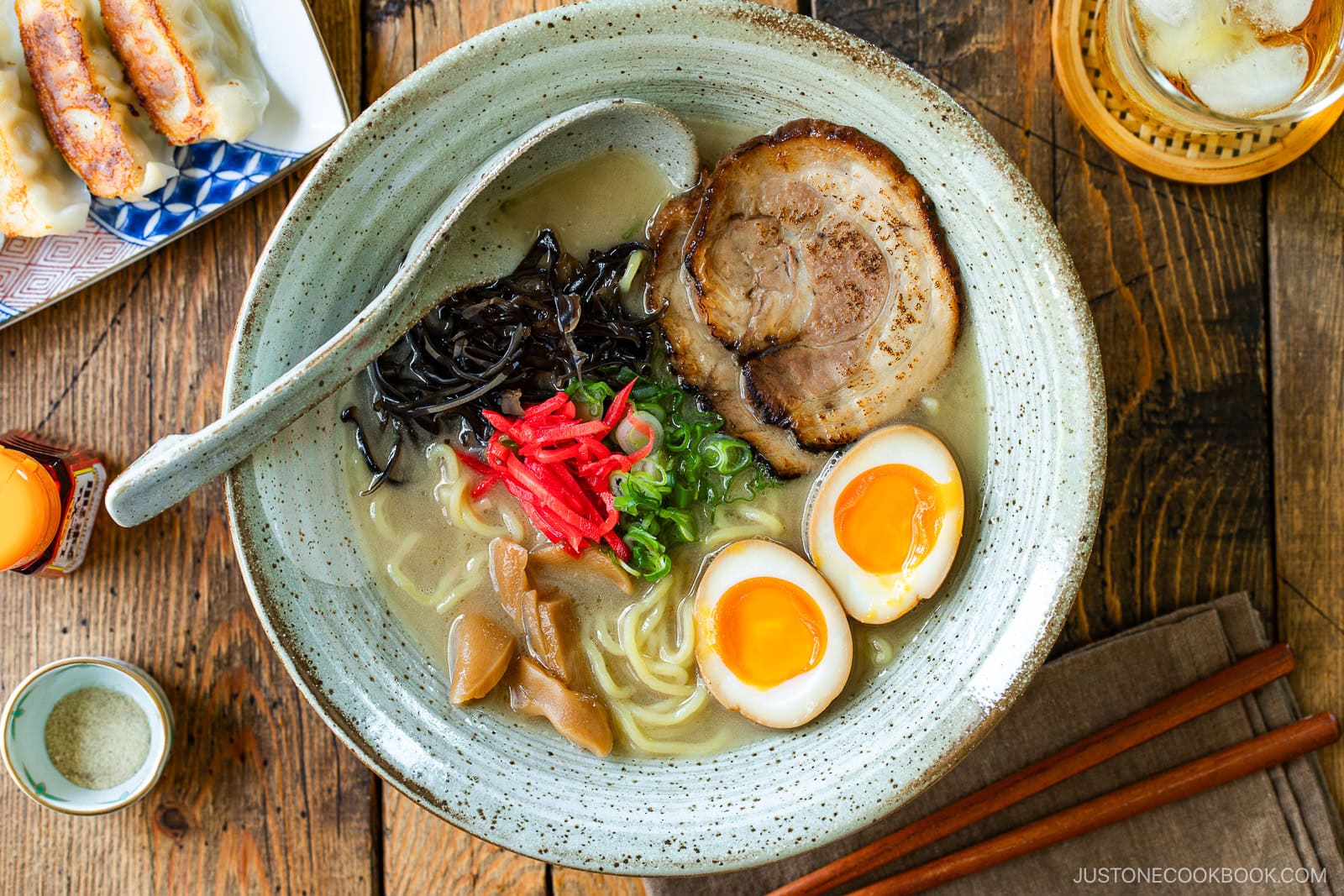

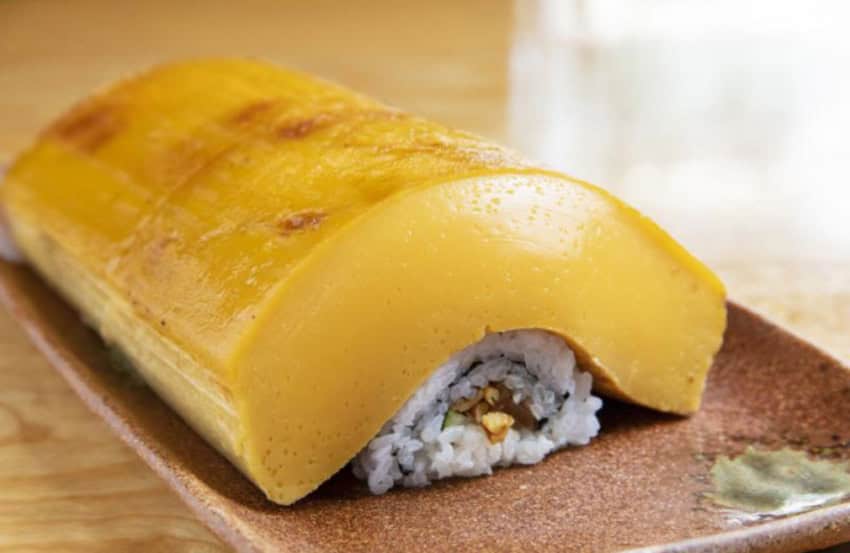


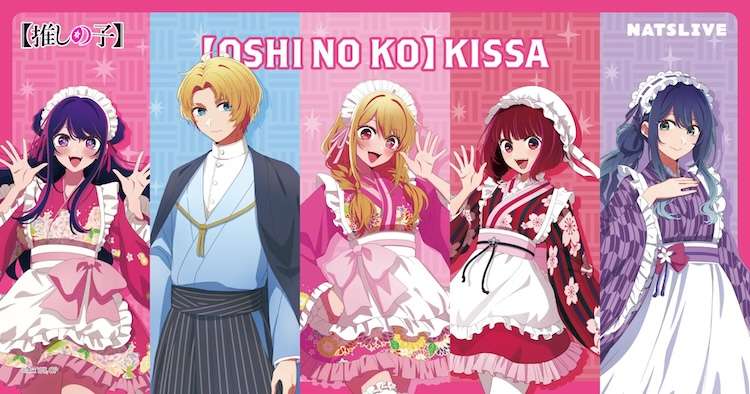
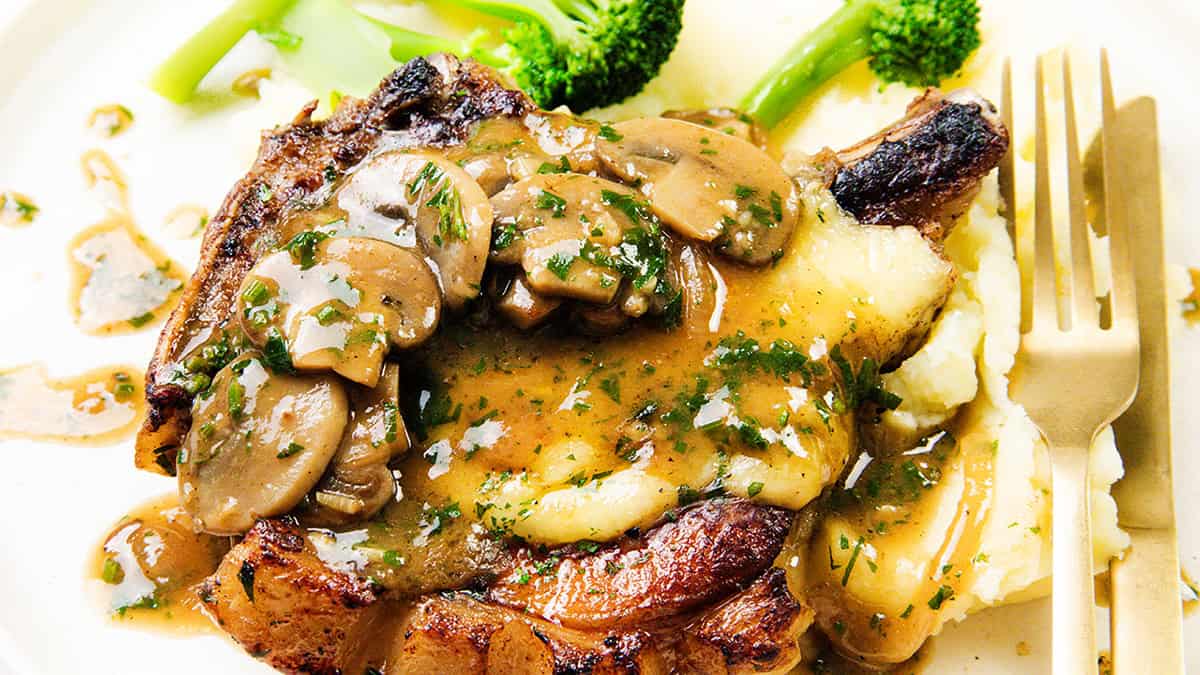


 English (US) ·
English (US) ·